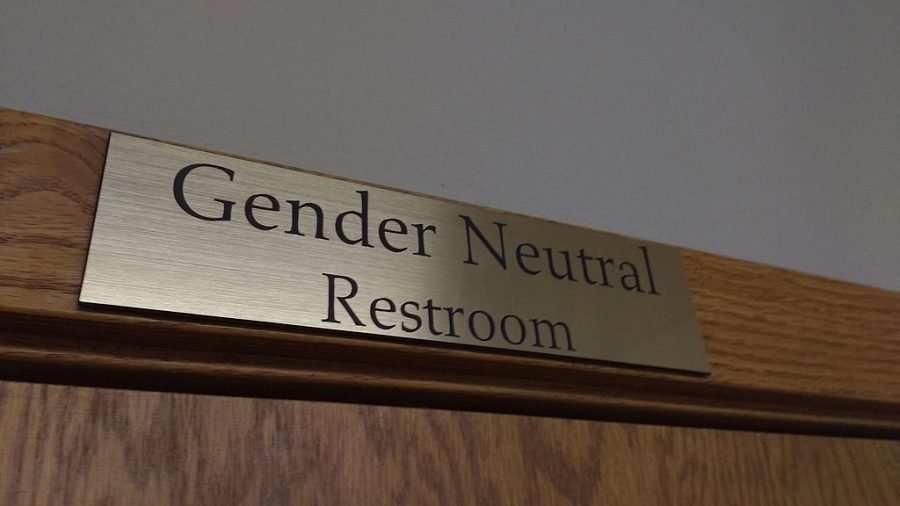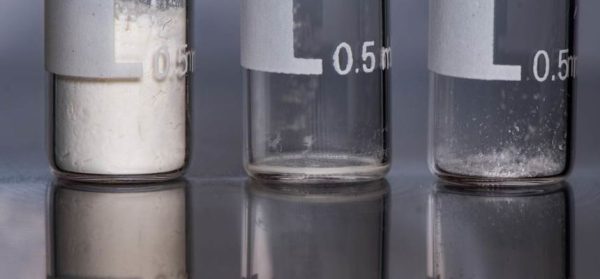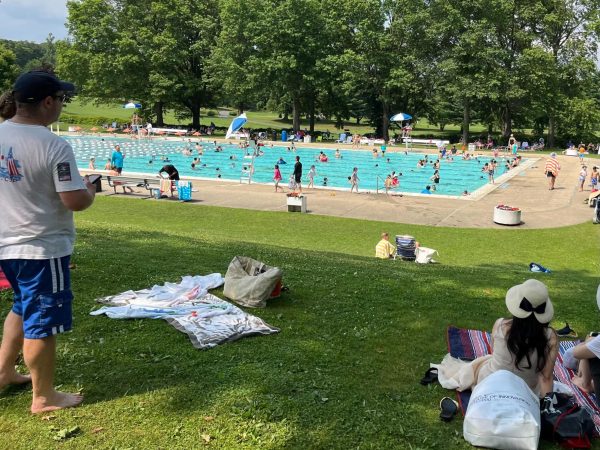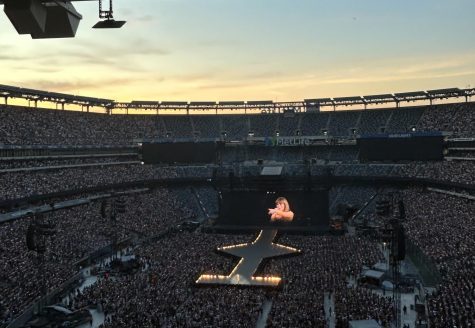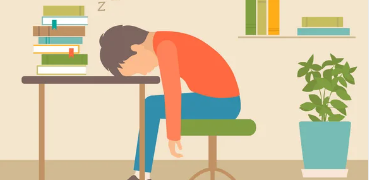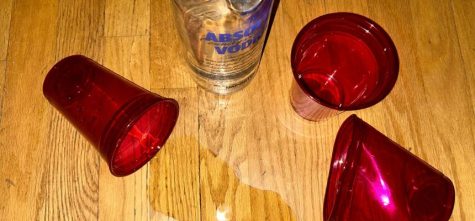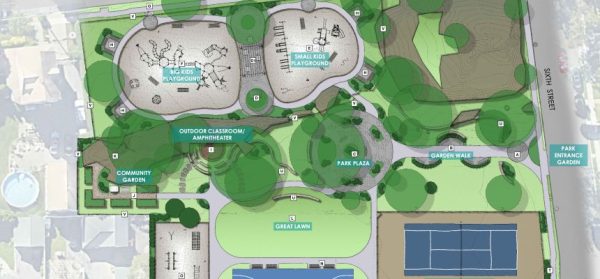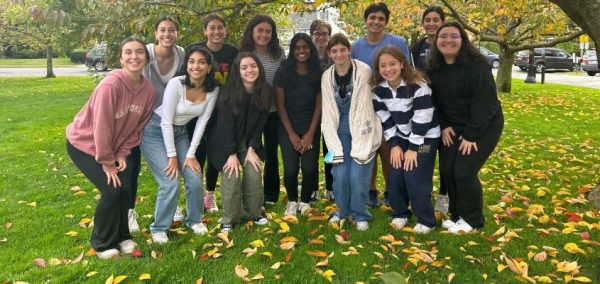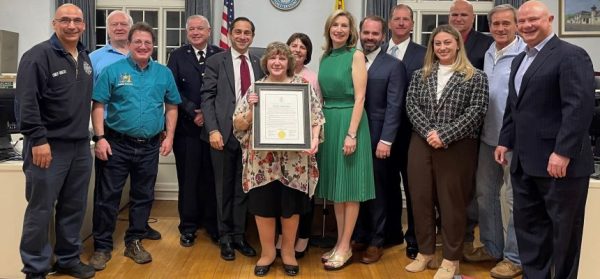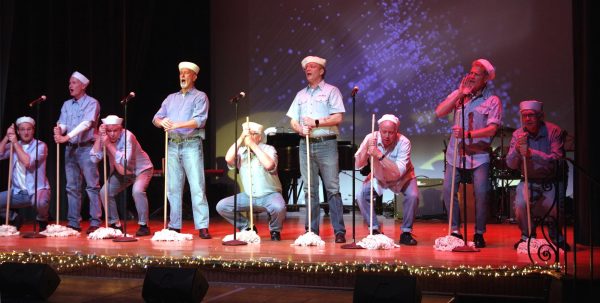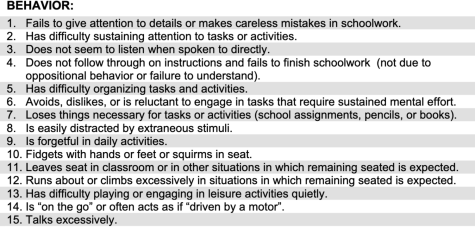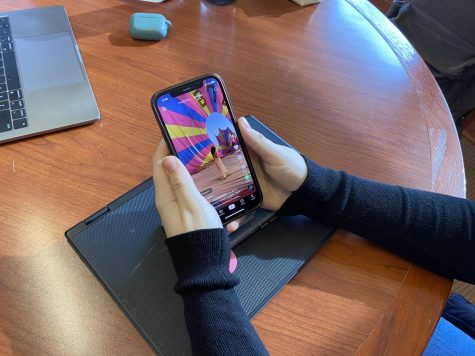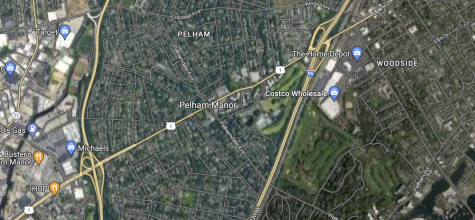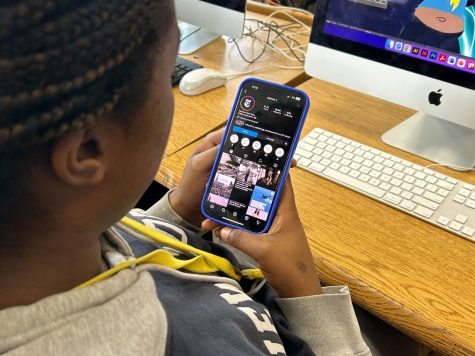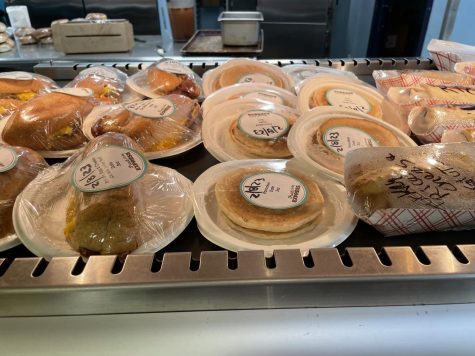PMHS needed gender neutral bathrooms—and more should be done to support LGBTQ+ students
Editor’s note: This commentary first appeared on Pelham Together’s website.
I have never used the bathroom at Pelham Memorial High School. I do not feel comfortable using bathrooms labeled “girls” or “boys” as I identify as non-binary. Like many other gender-nonconforming people, I managed to get through the day by not drinking any water and waiting until I got home to use the bathroom, but an issue with my health changed things for me. Last summer, I was diagnosed with Crohn’s Disease, an autoimmune disorder affecting the digestive system. “Holding it in” was no longer an option for me. The everyday struggle over bathroom usage is a problem that many others like me face.
According to The National Center for Transgender Equality’s 2015 US Transgender Survey, nearly one-third of respondents said they limited the amount they ate or drank to avoid using the restroom. Restricting bathroom usage has been linked to medical problems such as kidney infections, urinary tract infections, and stress-related conditions. In addition, more than half of the respondents avoided using a public bathroom in the past year because they were afraid of confrontations and judgement from others. Transgender people are vulnerable to harassment, violence, and poor mental health, including higher levels of suicidal thoughts and behaviors. According to The Trevor Project’s 2020 National Survey, 52% of transgender and nonbinary youth have seriously considered suicide and 21% have attempted suicide. Safe access to public restrooms is a basic necessity and essential for participation in everyday life, especially in schools.
This past fall, I began to lobby for a gender neutral bathroom at PMHS, not just for myself, but for all my gender-nonconforming peers and future students who need a welcoming, safe space. I asked to give a presentation to our district’s health and wellness committee. I spent months researching the issue. I conducted a survey among PMHS students and developed a concrete plan for a potential location, implementation, and necessary signage for this proposed bathroom. The survey results did not surprise me: other students reported not drinking water all day and even avoiding blowing their noses during allergy season so that they would not have to go to the bathroom for a tissue.
If students wanted a “gender neutral bathroom,” they had to either go into the guidance office or the nurse’s office, neither of which are convenient to classrooms and both full of uncomfortable obstacles. One student wrote, “As a non-binary student, it is extremely difficult and time consuming to walk all the way across the school just to go to the bathroom. It makes me miss important class information. I don’t drink nearly enough water because I know if I do, I will have to use the bathroom and miss class time.” Following my presentation, the Pelham Board of Education, who were already discussing the possibility of a gender neutral bathroom at PMHS, unanimously approved to take action. This addition will be a major step in the right direction, but as a school community, I believe even more could be done to support our LBGTQ+ students.
Updated staff development sessions that train teachers and staff to create a welcoming environment for LGBTQ+ students would be very beneficial. A simple change like a teacher addressing the class with the word “students” instead of “boys and girls” creates a world of difference in making students feel more comfortable.
Another idea I have for creating a more inclusive environment at school would be to give out pronoun pins to any student or faculty member who wants them. Having these pins accessible and widespread would lessen the stigma around pronoun usage and encourage pronoun sharing to become a part of the school culture. Many universities, such as Harvard, Vanderbilt and the University of California system have made respectful pronoun usage customary.
On a larger scale, a concept which I am currently developing in collaboration with the director of LGBTQ+ policy and programming for the New York City Department of Education is a redesign of the gender neutral bathroom sign. I feel the universal gender neutral bathroom sign of a half man, half woman is outdated and somewhat offensive. Personally, it makes me feel alien and uncomfortable in my identity. Others like me report feeling the same way. I am working on creating a student design competition among several school districts in the New York area for a new gender neutral bathroom sign that visually communicates a more welcoming bathroom entrance.
After a winning design is chosen, my hope is that the new signage can be manufactured and installed in participating school districts. I believe students will have great ideas and will feel empowered by having a voice in this endeavor. I think it will also encourage more students to be open about their identity and help normalize the subjects of gender and sexuality. In addition, I feel it may motivate school districts who do not have gender neutral bathrooms to install them. This initiative could also be expanded beyond schools; other public spaces like restaurants, airports and businesses could adopt this signage as well. I see a great deal of possibility with this project and I am excited to continue my work on it.
I would like to thank Assistant Superintendent of Pupil Personnel Services Julia Chung and the members of the Pelham school district health and wellness Committee for giving me the opportunity to present about this issue and for continuing to support this cause. Thank you to the Pelham Board of Education for approving the addition of a gender neutral bathroom at PMHS and to Principal Mark Berkowitz and Vice Principal Beth Antonelli for working to implement it. Also, I want to thank Pelham Middle School Principal Lynn Sabia and Vice Principal Sean Llewellyn for pioneering the gender neutral bathrooms at PMS. Lastly, I thank Laura Caruso for giving me the platform to share my work with Pelham Together.
Jordan Schwarz wrote this commentary as a junior at PMHS.



